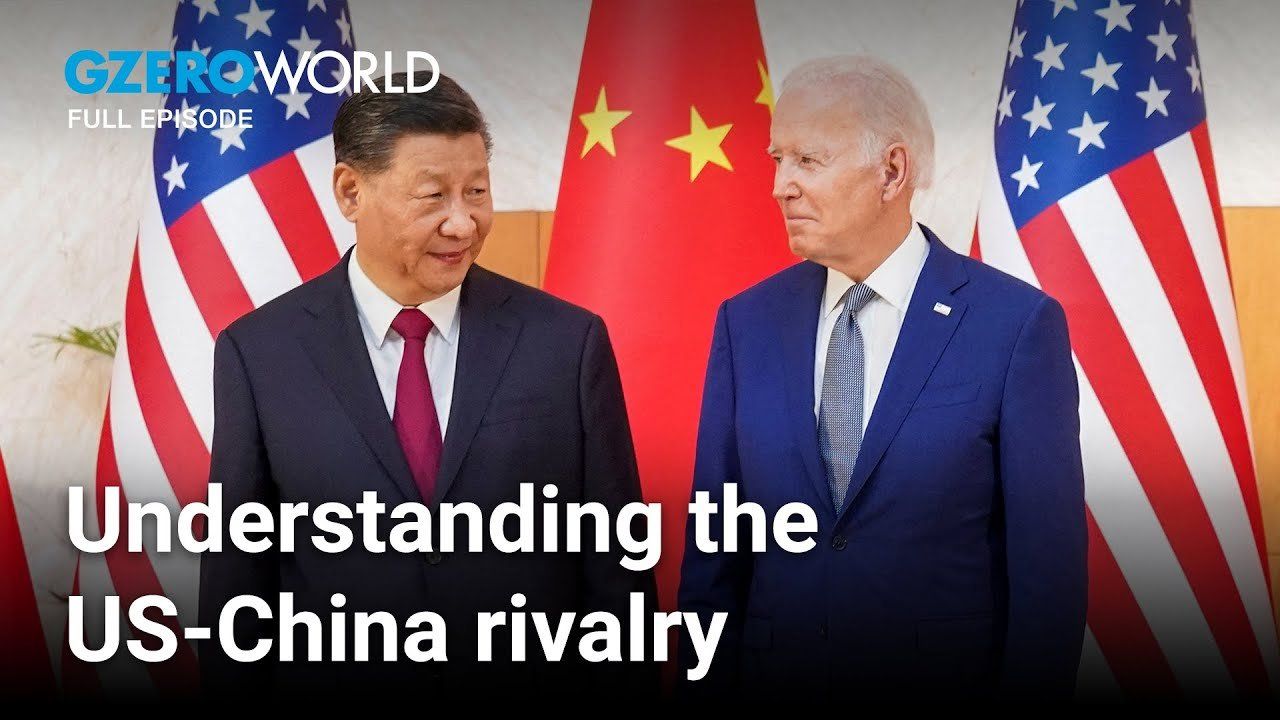
Where the US & China agree - and where they don't | GZERO World with Ian Bremmer
How stable is the US-China relationship, really? It felt like frosty relations might finally be thawing after a meeting between President Biden and Chinese President Xi Jinping in San Francisco last November. However, there’s still a lot of daylight and no trust between the two. On GZERO World, Ian Bremmer sits down with US Ambassador to China Nick Burns for a frank conversation about how US-China has changed since Biden took office, what the two countries agree on, and where they’re still miles apart.
“This is largely a competitive relationship,” Burns tells Bremmer. It’ll likely be a systemic rivalry well into the 2030s between the two largest economies in the world and the two strongest militaries in the world, so what happens here is very consequential.”